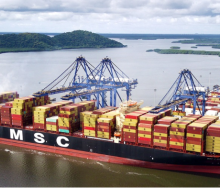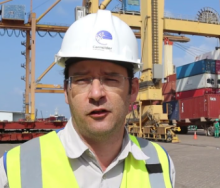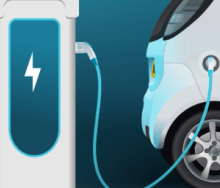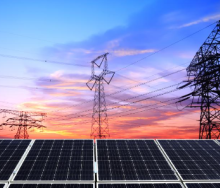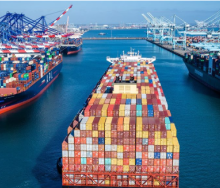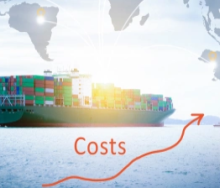The steps Transnet has taken to privatise Pier 2 at Durban Container Terminal through a Philippine concession company, now on hold because of a High Court injunction by APM Terminals challenging the validity of the awarded tender, are not enough to unlock the country’s logistics potential.
According to Busi Mavuso, chief executive of Business Leadership SA, South African businesses should have a wealth of options when it comes to selecting ports and rail routes for transporting their goods. However, we are nowhere near where we should be insofar as port and rail competency is concerned.
Mavuso is also not alone in her sentiments.
Transport minister Barbara Creecy has said the hoped-for impact of private-sector involvement in the country’s parlous port and rail network remains to be seen.
Mavuso said part of the problem was the impact that rising energy costs could have on industry, especially considering a 36% tariff hike requested by energy utility Eskom, currently with the National Energy Regulator of SA.
On Monday, energy analyst Chris Yelland contextualised Eskom’s power generator expenses, mentioning, among other things, the excessive cost of running the utility’s open-cycle gas turbines (OCGTs).
Earlier this year, it was reported that the state-owned company’s total diesel expenditure for OCGTs over the last five financial years had reached nearly R65 billion, with approximately 3.35 billion litres of diesel consumed.
Despite the cost of avoiding load shedding, a major impediment to industrial development and economic growth, Eskom lacked sufficient justification to bring in the kind of rate increase that could cripple consumers, said Yelland.
It’s a view that Electricity Minister Kgosientsho Ramokgopa shares, emphasising that there was no way consumers, both household and large-scale, could absorb such a rates increase.
Mavuso said it was important to spark economic growth through improving logistics at the country’s ports and rail freight infrastructure, and the critical need to consolidate reforms that would create a competitive and affordable electricity supply market.

